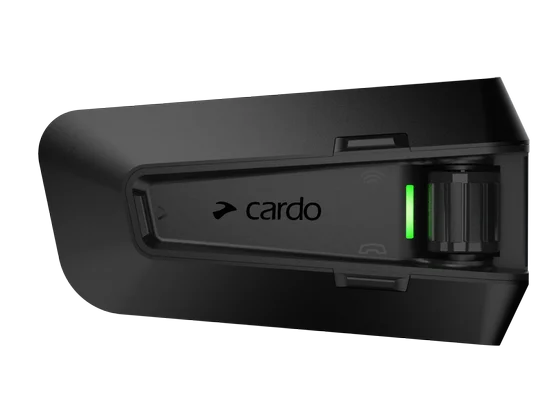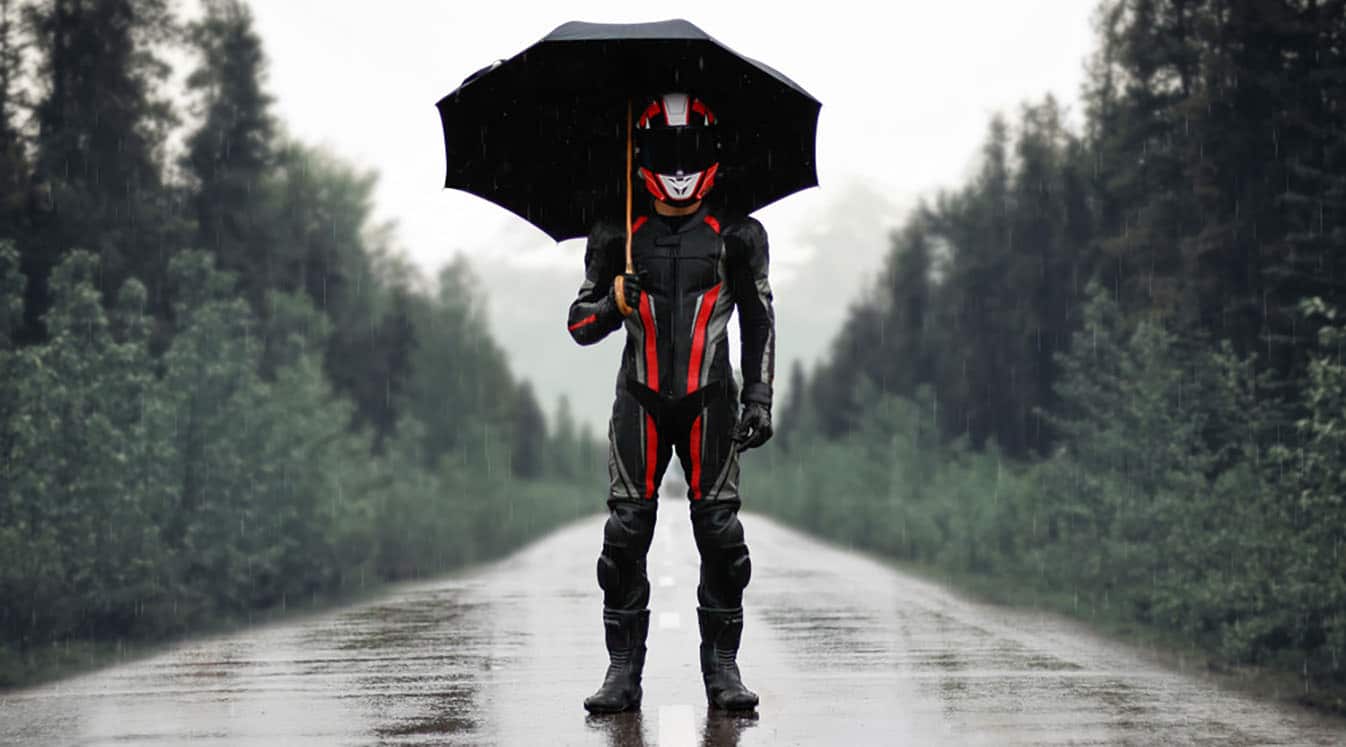1. Inspect your chain before every ride.
We know that you’re itching to fire up your bike and get some tunes in your Bluetooth motorcycle speakers, but hold up a minute. Inspecting a motorcycle chain takes just a few minutes and is an important part of motorcycle maintenance.
Look for obvious damage, rust, worn rollers, link plates that are beginning to separate and excessive grime. Any of these things can indicate the need for either a good cleaning or a replacement of the chain and sprockets.
2. Clean your motorcycle chain regularly.
A quick wipe-down with a soft, damp cloth after every ride will go a long way toward a cleaner chain. However, sometimes you need to do a more thorough cleaning when your chain has accumulated a significant amount of gunk and debris. Aim to clean and lubricate your chain at least once every 500-700 miles, or more frequently if you ride off-road or in harsh environments.
The best way to get a good deep clean on your chain is to throw the bike on a center stand and rotate the rear wheel by hand, applying a spray-on motorcycle chain cleaner as you go. (Don’t use the throttle to turn the wheel. It’s dangerous.) You can even use kerosene as a cleaner in a pinch. It’s a good idea to do this as part of your regular motorcycle cleaning, when you’ve prepped a work area for a little bit of mess and may already have the bike up on a stand.
After a few minutes of soaking, it’s time to remove the cleaner (and the dirt). Avoid harsh methods like high-pressure hoses and wire brushes. They’ll do as much harm as good to the sensitive O-rings inside. Instead, use a sponge or a brush with soft bristles and move it gently back and forth over the chain.
Bluetooth Motorcycle Speakers for Life on the Go
3. Lubricate your chain after you clean it.
An application of chain lube will help keep your chain in great condition. Many different chain lubricants are available on the market today, but check your owner’s manual to see if your manufacturer has any specific recommendations.
Once you’ve chosen your chain lube, you’ll want to go for a ride first—just a quick spin around the neighborhood should do it. Upon return, apply the lube while the chain is still warm to help it permeate all the nooks and crannies in your chain. Apply the lube to both the inside and outside of the chain, but focus on the inside, as that’s where the lube will penetrate the rings best.
After applying the chain lube, run a soft brush over the chain to remove the excess lube. This will help prevent lube from splattering onto your bike when you rev it up, and it will help reduce the amount that your lube attracts dirt, dust and combustion byproducts.
4. Replace your chain and sprockets when necessary.
Even the highest quality and best cared for motorcycle chains and sprockets will eventually wear out. But how can you tell when it’s time for a new set?
First, inspect the sprocket teeth. They should have relatively flat tops, a consistent width and thickness and valleys between them that are all the same size. On a heavily worn sprocket, the teeth will resemble sharp, skinny points with uneven intervals instead.
On the chain itself, look for kinked links, rust, bad rollers, separating plates, excessive slack or stiff spots where the wheel doesn’t turn effectively. Replacing your chain and sprocket is a task that demands its own article, so make sure to find a guide online or take it to your favorite repair shop.
Must-Have Motorcycle Riding Gear for Beginners
Cardo Systems specializes in the art of bringing motorcyclists together, whether that means swapping chain maintenance tips or debating the merits of Harley vs. Indian. And another way we love helping riders get together is through our motorcycle Bluetooth headset systems. Find your perfect way to communicate on the road with our industry leading range of motorcycle helmet communication devices for every rider.





